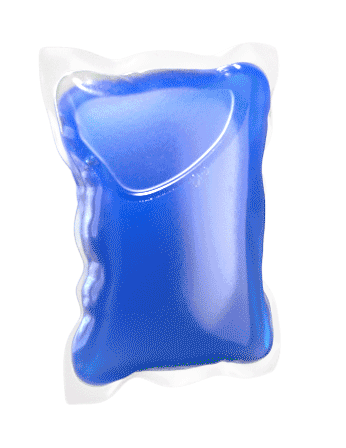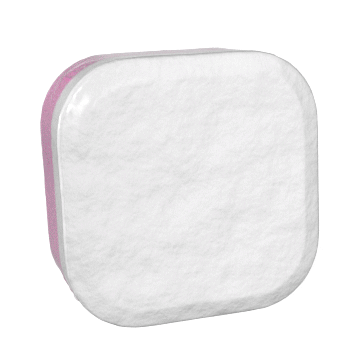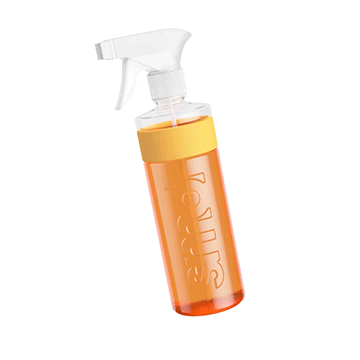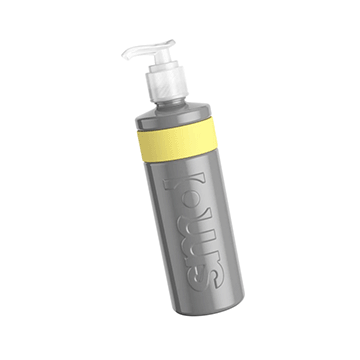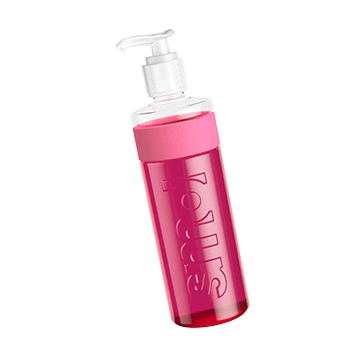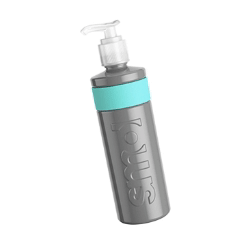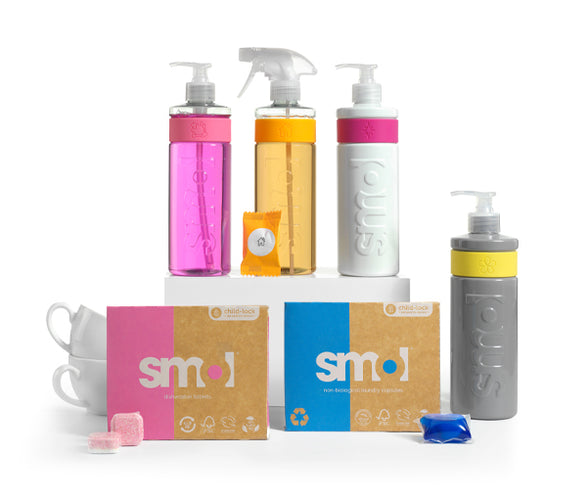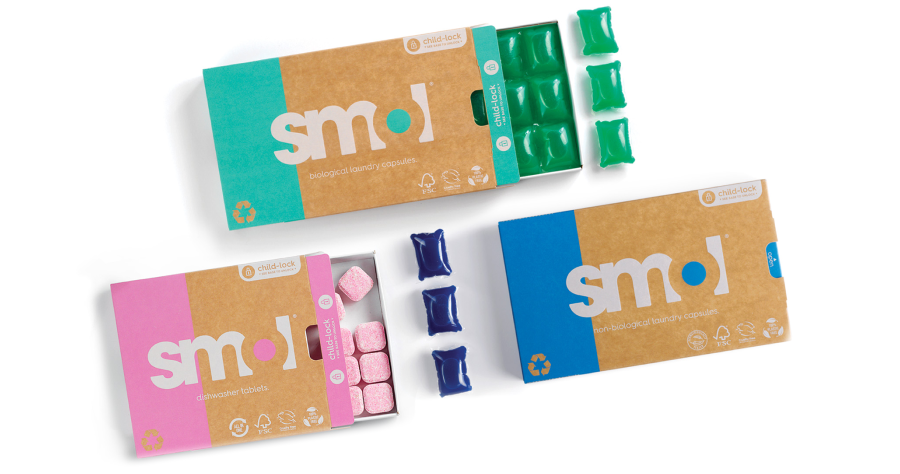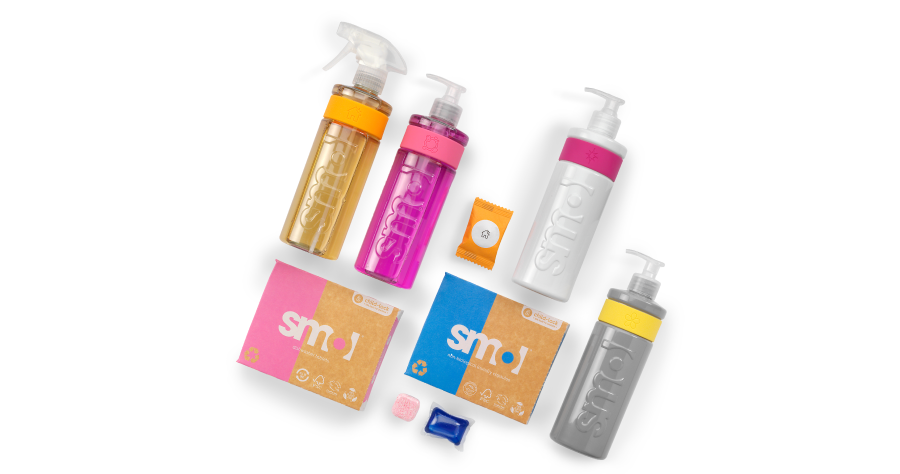
One thing is for sure, tiny humans create a LOT of laundry. Yes, those teensy all-in-ones are small, but babies go through SO MANY clothes in 24 hours!
We can try to make the baby clothes laundry wave less overwhelming (one tip is to buy clothes made from similar fabric so they can always be washed together) but how can we be sure that we’re washing everything correctly for our kids? What about their delicate skin? Should we be using specialist detergents and is fabric softener necessary for baby clothes?
Let’s start with the 5 most-asked laundry questions from new parents.
1. to bio or not to bio?
It’s the query on everyone’s lips… what’s the difference between bio and non-bio laundry detergent?
Bio detergent contains enzymes that break down common stains, such as food, sweat, grass and grease. It’s best used in mid to low temperature washes (30-40°C) as anything hotter can denature the enzymes, causing them not to work as well.
However, it’s thought these enzymes are a common allergen that could trigger reactions in babies (and adults) with sensitive skin.
Non-bio detergent does not contain enzymes so is more suitable for those with skin sensitivities. Despite the lack of enzymes, non-bios can still be great at removing stains and germs and keeping clothing clean; you may just need to use a higher temperature cycle.
Many families do use a bio as the enzymes help with stain removal at lower temperatures and in quick washes. However, most feel more confident using a non-bio to give maximum protection to their baby’s sensitive skin. Many non-bio’s (including smol non-bio and smol non-bio fragrance-free) are dermatologically tested and designed for those with skin sensitivities.
2. wash before first wear?
It’s a good idea to always wash new baby clothes before their first wear to remove any toxins, dust, dirt or other allergens that may be present from the manufacturing process.
Always check the clothing care label instructions on the items but remember the temperature displayed on the label is the highest the fabric will withstand. It’s not always necessary to use this temperature and the cooler you wash your laundry… the lower your bills will be. A good quality non-bio (like smol) will still give you great results at lower temperatures.
3. hot or not?
Most baby clothes can be washed at 30 - 40°C which is enough to give you the clean you need. When you wash on hot you risk damaging fabrics and your electricity bills will be higher.
The main exception to this is cloth nappies. These should be washed separately to normal baby clothes and the rest of your household laundry, and you’ll need to use a higher temperature 60°C wash to kill off any bacteria.
4. have you gone soft?
Fabric conditioner is an easy way to keep baby clothes soft and snug against their delicate skin especially when they are being washed so regularly. Just be sure to check the clothing care label in case they have a flame-resistant coating on them as some fabric softeners will damage these.
Another great advantage of using fabric conditioner is that it protects and prolongs the life of your baby clothes - hopefully ensuring they are suitable as hand-me-downs or sell-me-ons.
One baby item you should never use fabric conditioner on is cloth nappies. It will coat the nappy fibres in its layer of softener and reduce the nappy’s ability to absorb moisture away from your baby’s skin.
5. and what about stubborn stains?
A good non-bio will remove most stains but some might need a little pre-treating. Check out our stain removal guide for more help.

a smol 5 step guide to washing your baby’s clothes.

Here’s our best run down on the simplest most effective route to clean baby clothes.
N.B this does not apply to nappies, which have their own specific set of wash requirements.
1. separate baby clothes from your own.
Obviously it’s important to only run our machines once fully loaded so we can be as sustainable as we can, so if this means adding some of your baby’s clothes into your load then all is well and good. BUT, the more you can wash your baby’s clothes on their own the less they will get damaged against our tougher adult clothing.
It also limits the amount of germs that can spread between adults and children. For example, if someone in your household works in a healthcare or chemical environment, you risk transporting germs or contaminants onto your baby’s clothes if you wash everything together.
2. check clothing care labels.
Yes they might look like a foreign language but it’s important to check you are taking care of the fabric correctly. If you are confused about care labels, check out our handy guide here. Once you have the low down - follow the instructions to ensure best care of your baby clothes.
3. pre-treat the worst.
There’s likely to be poo, sick, milk and if you’re weaning… lots of tomato-based stains! These may benefit from a pre-treatment before they are washed. Even a quick rinse in cold water and a little detergent applied directly can work wonders before you run the clothing through a cycle.
4. get a load on.
Pop in your non-bio detergent (smol capsules go directly into the back of your empty drum) then load up your washing machine with your baby clothes. Pick a gentle cycle (normally between 30-40°C) because a hotter wash will cost you more, is less environmentally friendly and will damage the baby clothing fibres more quickly.
5. hang out.
When it’s time to dry there are a variety of methods but if we can avoid the tumble dryer as much as possible we are going to save money, carbon and prolong the life of our baby clothes.
Line drying outdoors is best for saving money and carbon - the UV from the sunshine will also help remove stains and bacteria from your baby’s clothes. However, this is not always possible all year round (especially in the UK) so heated airers and dehumidifiers can really come in handy for indoor drying during winter.
